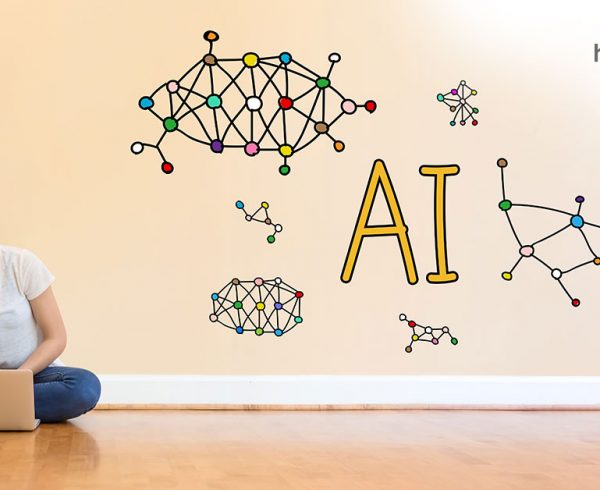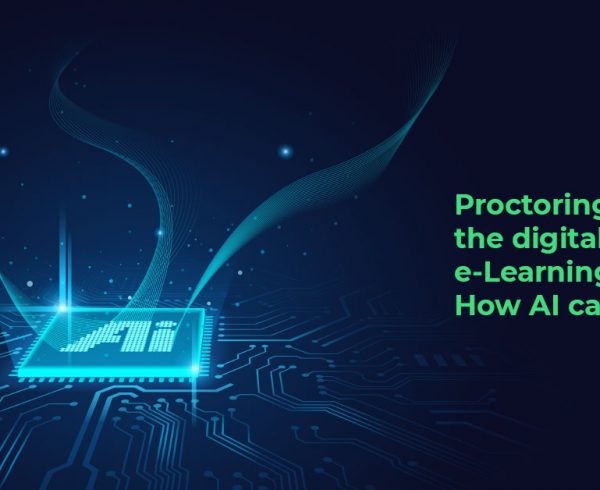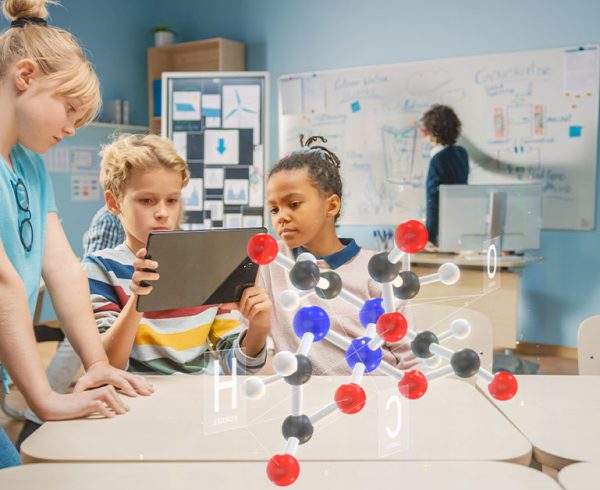K-12 learning solutions refer to educational content from kindergarten to grade 12. The content is used to teach primary, middle and high school children. In the age of the digital, K-12 learning solutions usually consist of online learning material that is widely used to supplement classroom teaching.
There are several benefits of K-12 online learning solutions. First, text reading is supplemented by audio and video materials, which make lessons more interesting and spark interest in the young minds.
Second, these modules can be in the form of games with levels and challenges but with some embedded learning goals. Children love games and so it is a great way to hook them to a subject, ignite their interest and prompt them onwards on the learning journey through challenges and rewards.
Thus, K-12 learning solutions actually transfer the ownership of learning from the instructor to the students, motivating them to learn and progress at their own will and pace.
Third, the K-12 learning solutions are also beneficial to the instructors such that they are spared the task of preparing their own teaching aids. The time thus saved can be more constructively invested in giving more individual attention to the students. Besides, these solutions also empower educators with tools for online assessment, reporting and collaborative learning.
How to Develop K12 Learning Solutions?

1. Content Development
If you don’t have in-house experts, you can outsource your content development to an eLearning development company with the right knowledge, skills and experience in creating K-12 learning solutions.
It is important to keep the following points in mind while developing content for K-12 learning solutions.
- Create engaging content:Online content is different from offline content. In digital content, elements like audio and video accompany print text, which means that students can see, hear and read the lesson. This leads to better understanding and retention. So, while creating content for K-12 learning solutions it is recommended to make the best use of digital media elements to make content more engaging to the learners.
- Leverage multi-media for maximum benefit:As mentioned above, one of the main differences between textbooks and online K-12 learning solutions is the fact that you can deploy digital media to maximum advantage. For example, simulations and 3D models can be used to give concrete shape to abstract concepts. Similarly, virtual reality can be used to transport students to the various continents and countries being taught in a geography lesson. Or you can use gamification to motivate and challenge students to solve complex problems.
- Create interactive content: You can create interactive content or interactive ebooks so that students can gain hands-on practice and experience. Interactive content is in the form of activities, which can be a solo or group-based task. Solo activities allow students to do and learn at their own pace. In case of group activities, students are divided into teams, which are then pitted against each other. The important thing to keep in mind while designing such activities is that they should not be overly aggressive to promote competition. Rather they should help inculcate into students the values of collaboration, team-work, empathy etc.
- Leverage external communities and social media:While developing content for K-12 learning solutions, be sure to embed social media elements and links to external communities to keep the conversations on the subject going. This will keep the interest in the subject alive, stimulate interesting debates, open up new avenues of thought and promote independent thinking.
- Use assessment tools:You can add custom grading scales and also assign controls to release marks and feedback to individual learners. Instead of formal tests, you can assess students based on quizzes and other such activities. While students dread class tests, they enjoy the quizzes and challenges in online assessments. Besides, they can also revisit the concepts when they encounter roadblocks. Online reporting tools generate activity and participation reports, and analytic tools can be used for data analysis of students’ performance.
- Create device-independent content:These days people generally consume their content on mobile devices, while on the move. While creating K-12 learning solutions, create content that can be comfortably viewed on all device types, be it a mobile phone, tablet or laptop. This will give students the flexibility to fit their learning into their free moments.
- Hyperlink your content:You can hyperlink the lessons to internal and external resources. Students can use these links to gain additional information about the subject and better understand the lesson. Besides, you can also use augmented reality to bring alive a concept, for example, a 3D model of a functioning heart. Most students have smartphones and all they have to do is download an AR app and point it at the content and the model will show up. All such features make learning easy, interesting, immersive and relevant.
2. Create a Digital Content Library
While developing K-12 learning solutions, you can also include a content library. Publishers can either create one themselves or choose a vendor that has a K-12 content library that includes a vast repository of engaging and interactive video-based learning content. As mentioned above, the learning content can be hyperlinked to external and internal resources.
Students can be redirected to the content library to access more information on the topic. Or they can be given complete access to the library to search for additional learning resources whenever they want.
3. Use a Mobile-First Content Delivery Platform for Effective Distribution of K-12 Content
A mobile-first content delivery platform is the perfect tool to deliver K-12 learning content. It allows you to design interactive, multimedia-rich and device-independent digital content. Choose a platform that is hosted on the cloud, or a cloud-based content delivery platform so that your students can access the content anytime and anywhere.
Besides, a content delivery platform also helps you securely publish and distribute your K-12 learning solutions on all mobile operating systems, complete with analytics, assessments and interactivities.
Know more about the Best-In-Class K-12 Content Library











